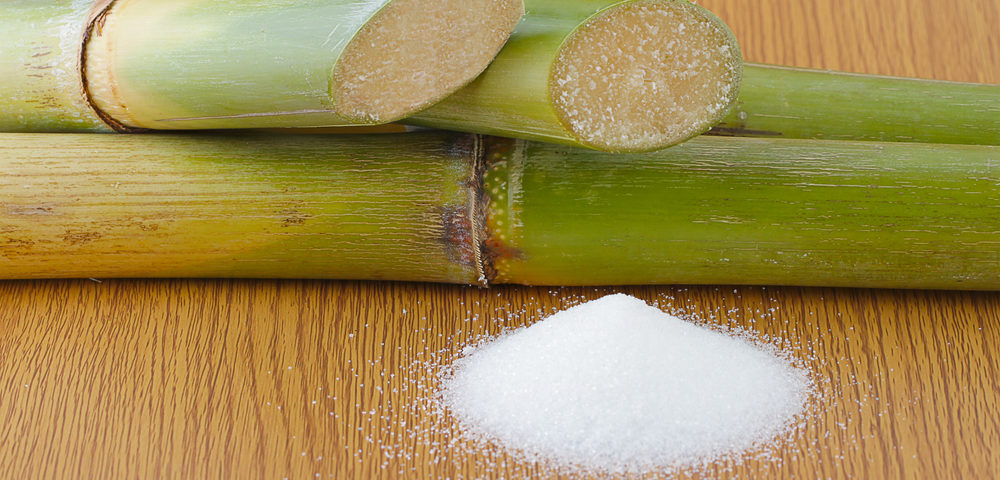Juice extraction, clarification, and concentration are critical steps in sugar processing. Below, we discuss what each of these steps entails.
Juice Extraction
On arrival at the sugar processing plant, sugarcane is loaded onto a conveyor table. It passes through various sugar equipment including a shredder, which uses a series of knives to chop the cane into smaller lengths and shred it into finer pieces. This process exposes the inner material of the sugarcane and prepares it for efficient juice extraction. The shredded cane then proceeds to a crusher, which uses a set of roller mills to extract the juice. A countercurrent stream of maceration water is used to remove the juice from the crusher.
An alternative method of juice extraction is by diffusion; however, this typically is only employed in regions where sugarcane quality is high. Although the efficiency of extraction is higher using diffusion, the process uses large amounts of water, which adds to the cost of water treatment.
Clarification
Sugarcane juice from the extraction process contains many impurities. The juice is heated and purified by the addition of flocculation aids and lime. Heat helps to kill natural enzymes in the juice, which would otherwise break down the sucrose.
Lime is a suspension of calcium hydroxide in solution and increases the pH of the juice from its natural acidic level to a neutral pH of 7.0. The control of pH is critical throughout sugar processing. Sucrose hydrolyzes to glucose and fructose at a pH less than 7.0 and all of these sugars decompose substantially at a pH greater than 11.5.
The neutralized juice is pumped to a continuous clarifier where it is inoculated with flocculants. Clear juice flows off the top part of the vessel, while flocculated impurities, called muds, settle at the bottom.
Concentration
Clarified juice is processed through multiple-effect evaporators – which are often comprised of three to five stages of evaporation to concentrate the juice. From a consistency of 10-15 percent sucrose, the juice is concentrated to a syrup containing 55-59 percent sucrose.
Look out for the second blog in this series – “Sugar Processing from Cane Part 2 – Crystallization and Drying”.
